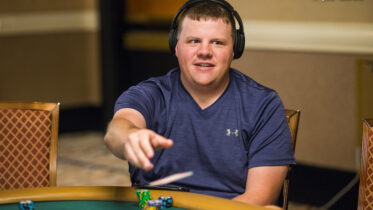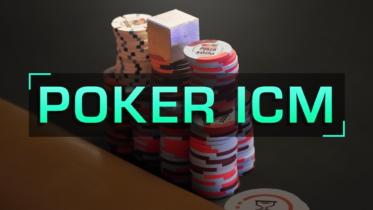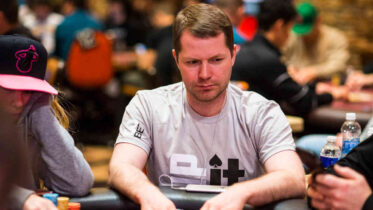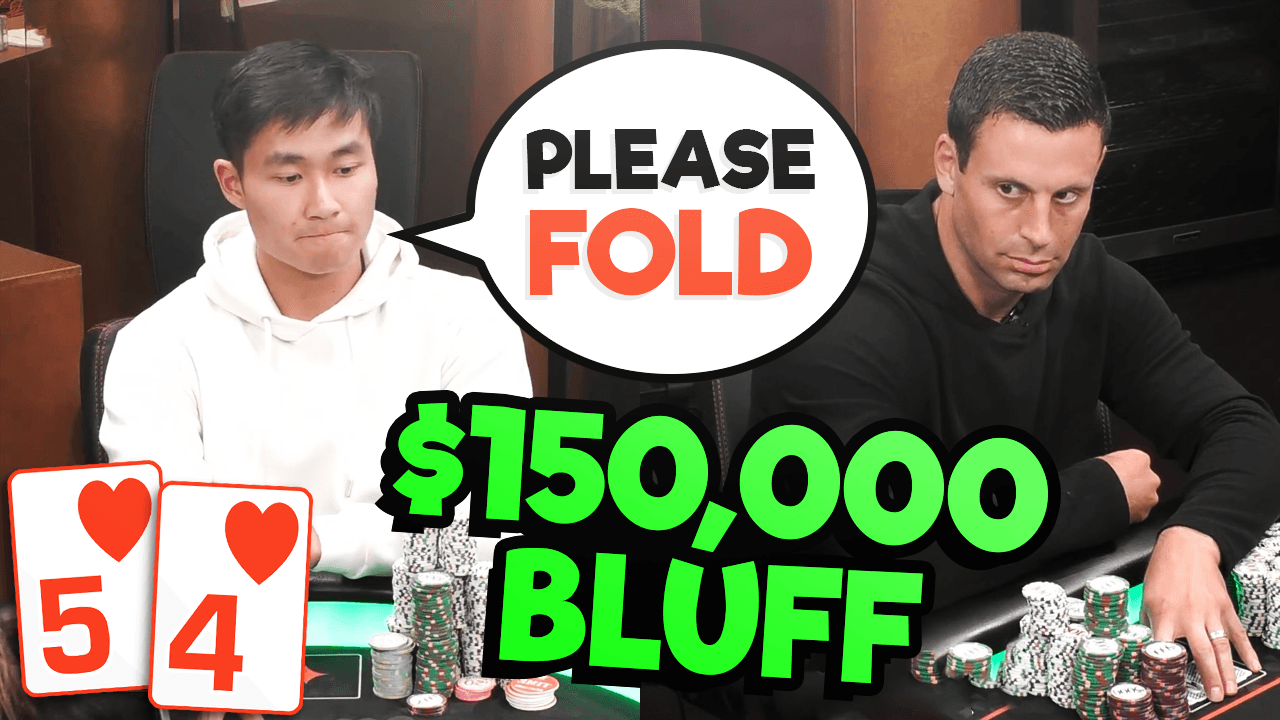Recently I played in the World Poker Tour Lucky Hearts Poker Open at the Seminole Hard Rock in South Florida. In this event, a shot clock is added to the tournament one table before reaching the money. In today’s article, I want to discuss the merits of the shot clock, ways to improve the system, and any strategic or mindset adjustments you should be making.
The Shot Clock Format
For those new to shot clock format, the basic premise is once it is your action, the dealer starts a 30 second timer. You are given a set number of time extensions worth 30 seconds each. In this tournament, we were given seven additional time extensions for a total of 3 min and 30 seconds of time bank. This was with 106 players remaining. At 24 players, our time extensions would reset to 6. If you have not made an action when your time is up and you have no time extensions, your hand is either dead if facing action, or an auto check if not facing a bet.
The shot clock in poker has been discussed for a while. As far as I know, the World Poker Tour is the first major tour to implement it into non high roller events. While there are many positives of the shot clock, I think there are improvements that should be made as it evolves. First, and most obvious, a shot clock punishes players who make long tanks in hands. I am talking about the player who takes 3 min on the river facing an all-in bet. What the shot clock does not currently do is punish the player who takes 15 seconds for EVERY preflop decision no matter the action. The latter is much worse for a poker game than the person who plays quick then takes 3 minutes on a single river decision.
Shot Clock And The Bubble
The other issue I have with how the shot clock is currently being utilized is that it is brought into play one table BEFORE the money bubble. The original thought was having the shot clock on the money bubble would help reduce stalling to make the money. In reality though, the exact opposite thing happens, once the shot clock is brought into play, it is a reminder to players that they should be stalling, and it is to their benefit to stall. Now instead of maybe fake tanking for 10-15 seconds, most players use the FULL 30 seconds and simply fold before they require a time extension. By implementing the shot clock before the money bubble, we are encouraging players to stall on the bubble and slow the pace of play. My suggestion would be to implement shot clocks AFTER the money bubble has broken to avoid any extra stalling that already exists.
The best way to improve the system is to use a chess clock format. In this format, instead of every action receiving a 30 second time limit before using extensions, we get rid of the extensions and give the players all the time up front. Every player would simply have a 3-minute time bank to use at their leisure. In this example, every player would have 10 seconds to make an action, after 10 seconds, the players 3-minute time bank begins to tick down. If a player has no time bank remaining, they simply have 10 seconds to make every decision until the time banks reset. The advantage of this system is the player who tanks 15-30 seconds every preflop decision is severely punished as he is forced to use his timebank every hand. This also rewards / does not punish the player who acts within 10 seconds every time, but uses 2 minutes on a difficult river decision.
Strategy Adjustments
In terms of strategy adjustments when playing with a shot clock, I don’t think there are any. However, I think there are necessary adjustments in the decision-making process that should be made. When I play with a shot clock, I will take an extra 5-10 seconds when facing a flop continuation bet to plan out my turn strategy on various runouts. Since I only have 30 seconds, when I have easy preflop or flop decisions I use extra time to plan in the hand so that I am prepared for possible and likely outcomes. In reality, the shot clock improves my game because I am thinking more deeply and planning ahead in hands which helps my decision-making process. In about 11 hours of play I only used 2-time extensions, both on the same hand. I can make almost all my decisions in less than 30 seconds and be well prepared for future actions in the hands.
In conclusion, use the shot clock to your advantage and learn to plan ahead in hands. You will notice how this helps you make better decisions in poker. Incorporate that into your regular game and you will notice improvements in your poker game. The shot clock is great for poker. It is still “young” though and needs some tweaks and improvements, but I am very confident within the next couple years it will be standard in most forms of poker and help improve the game!
Best of luck at the tables
Matt




